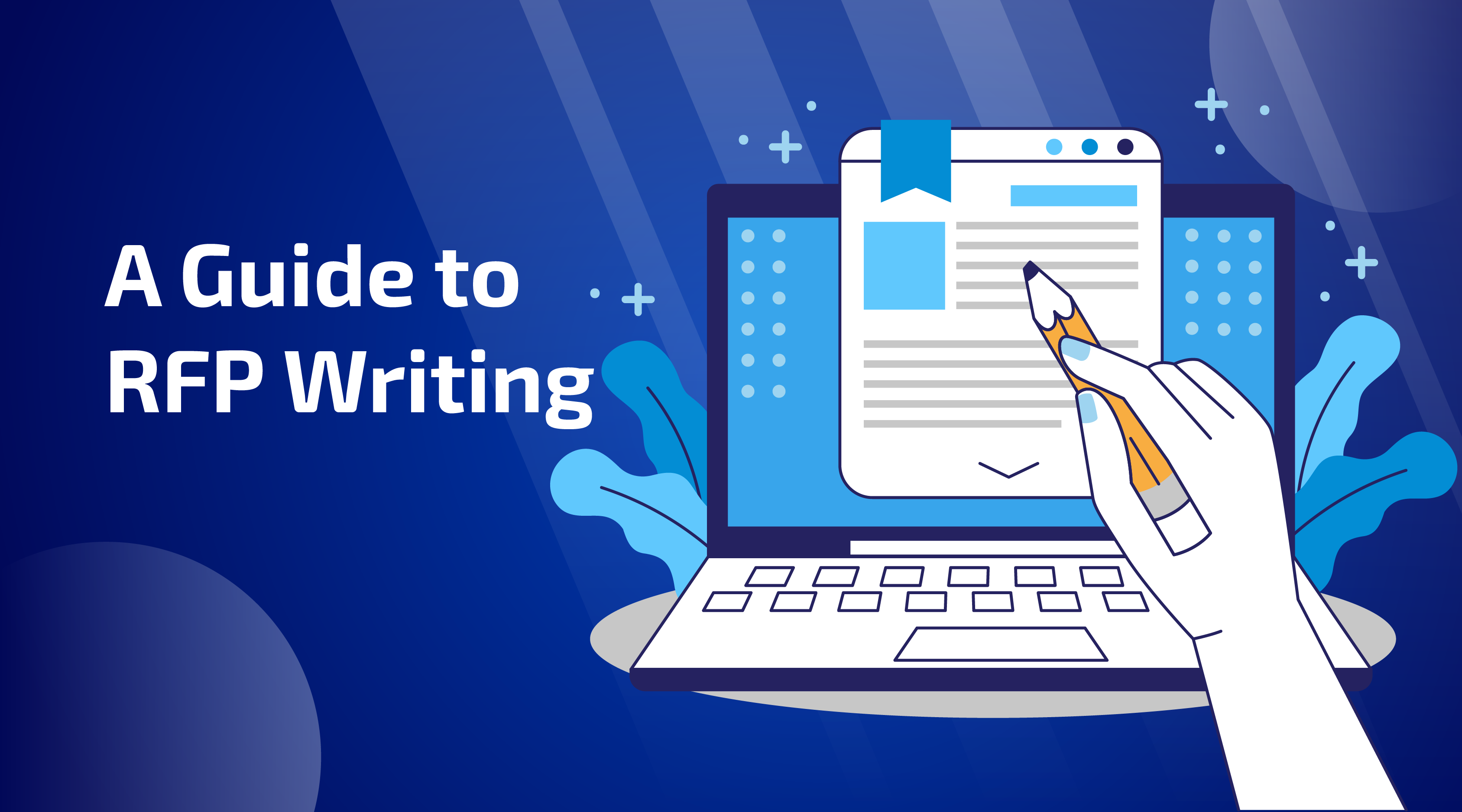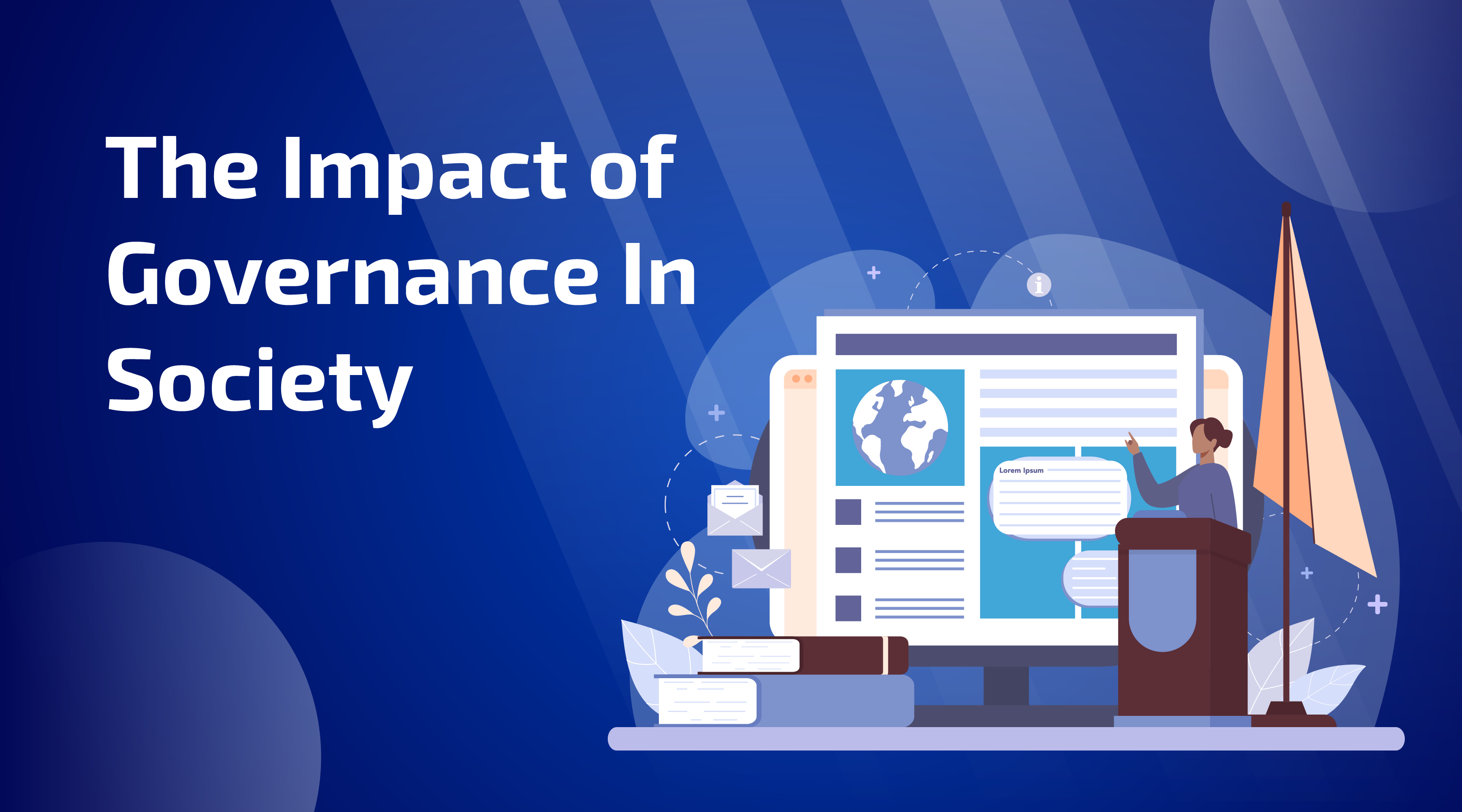A Guide to RFP Writing
It offers advice on writing a strong RFP and a sample to help you with your own. The essay highlights how crucial a strong request for proposals (RFP) is to landing high-quality contracts and cutting down on wait periods.
What is RFP?
A request for proposals (RFP) is a formal document sent to possible suppliers that enables more rapid comparisons and uniform data gathering. A systematic approach to sourcing and purchasing, the RFP process is intended to reduce risk and expense.
Strategic sourcing, another name for this all-encompassing method, guarantees the choice of the finest supplier for sustained collaborations. RFPs are a vital tool in the procurement process since they have been crucial in assisting firms in realizing their objectives.
Stakeholder of RFP writing
Request for Proposal (RFP) is a crucial process that requires coordination among various stakeholders to identify a need, gather information, and explore solutions. Key roles and responsibilities include GovCon business stakeholders, procurement professionals, consultants, executives, CFOs, and CPOs.
- GovCon business stakeholders guide the project from defining the need to Writing winning RFPs and scoring the results.
- Consultants help organizations navigate the process by interviewing clients, selecting qualified vendors, managing communication, and assessing results.
- Procurement professionals, such as procurement and strategic sourcing managers, are essential in the RFP process, facilitating the creation, distribution, and evaluation of RFPs.
- Vendors, or suppliers.
- Executives, CFOs, and CPOs provide final approval for high-cost, strategic procurement projects, evaluating cost, projected return on investment, and alignment with organizational goals.
Purpose of RFP writing
An organization’s success depends on its relationships with its vendors, and RFPs are critical instruments for guaranteeing a purposeful, data-driven, and careful selection of vendors.
RFPs allow for the centralization of data from several suppliers, facilitating an extensive examination of variables, including background, resources, culture, technological prowess, security protocols, and product quality. Additionally, they support competitive pricing, guaranteeing that GovCon businesses connect with the best provider while keeping expenses down.
By leveraging data to collect consistent information from all possible vendors, the RFP process assures a fair and unbiased procedure while preventing prejudice or unfair comparisons. It offers transparent, auditable records of the decision-making procedure. Regulations may mandate the RFP procedure for government organizations in order to guarantee openness and equitable distribution of taxpayer funds.
Another important advantage of the RFP process is risk minimization. GovCon businesses may reduce possible dangers before entering a contract by confirming and checking a vendor’s diversity, sustainability practices, security policies, and regulatory compliance. This allows them to respond appropriately and reduce risk. Generally, RFPs are necessary to ensure a good GovCon business connection and effective vendor collaborations.
When to issue an RFP?
RFPs require a significant amount of time and effort, so they are not appropriate for every transaction. However, they can protect businesses and save money in the long run.
For small, one-off purchases, the risk is low and the time commitment required for an RFP may outweigh the benefits. Organizations often set a cost threshold in their procurement policies to direct their efforts. If the project budget exceeds this amount, an RFP is typically issued.
RFPs are most useful for important purchases or strategic initiatives that have a significant impact on the GovCon business. If you have specific vendor requirements and the project is strategic, high-value, or significant, you should use an RFP.
How to write an RFP?
RFPs are essential tools that help companies decide strategically and with knowledge. They need careful planning, investigation, and deft execution. The three main parts of the RFP process are development, administration, and assessment. The method is simple to follow.
Development
Create components for your RFP, such as project summary, company background, project goals, requirements and scope, budget, timeframe, submission procedures, assessment criteria, and RFP communication and Q&A.
To make evaluation easier and promote on-time completion, keep the number of RFP questions as minimal as possible. Use open-text answers for critical requirements or for people who have a deep understanding of your industry. RFP issuers should also ask questions about the vendor’s industry experience to establish their awareness of the GovCon business’s challenges.
Administration
The second phase of the RFP process involves selecting vendors, issuing the request for bids, responding to inquiries, waiting for proposals, and following up as the deadline approaches. This phase is less work-intensive than the previous two.
After authoring the RFP, use market research to narrow down your list of potential vendors to approximately six. If you are using Word and spreadsheets to manage the RFP process, you can send the invitations out via email. However, this can result in a lot of traffic to your inbox. Alternatively, you can use RFP management software to send out all invitations through the system. This improves collaboration and can cut the time it takes to issue an RFP in half.
Evaluate
The final phase of the RFP process is to analyze vendor proposals, compare them, and choose a winner. To ensure fairness, it is critical to involve stakeholders in this process.
The first step is to gather proposals for submission and ensure that they meet the minimum requirements. If any non-compliant bids are discovered, they should be disqualified or contacted for modifications.
Next, decide which stakeholders should evaluate each question in the list of needs and wants. This can be done either individually or in groups.
Once the proposals have been evaluated, the final scores for each vendor can be calculated using RFP-weighted scoring. If several options have comparable scores, further investigation may be required.
If there is no clear winner after the initial evaluation, identify the top contenders and notify the unsuccessful vendors. The top contenders should then be invited to demonstrate their offerings and provide customized communications to the issuers.
This process ensures fairness and helps to narrow down the field of possibilities.
Conclusion
Government contracting businesses and organizations all over the world use the Request for Proposal (RFP) process to obtain information, make strategic purchasing decisions, and select the best vendor for their needs. Despite its importance, the RFP process can be complex and time-consuming, even for experienced professionals.
Choosing the right vendor for a mission-critical project can be daunting. However, with the right guidance, it is possible to manage the RFP process, adhere to best practices, obtain competitive pricing, and reduce risk.
This RFP writing guide addresses common concerns such as how to score RFP responses and what questions to ask. Whether it is someone’s first or fiftieth RFP, this guide can help them feel more confident in handling proposal requests.









